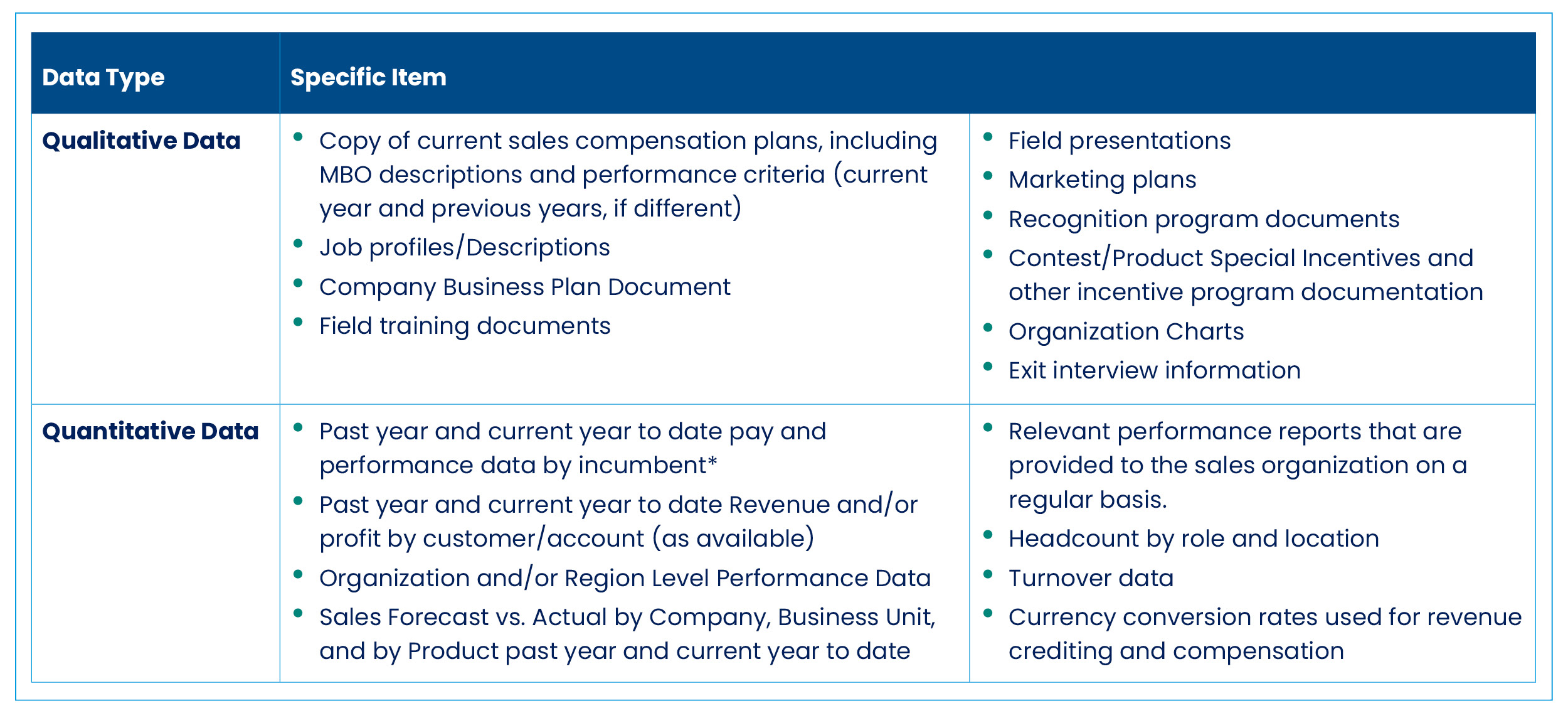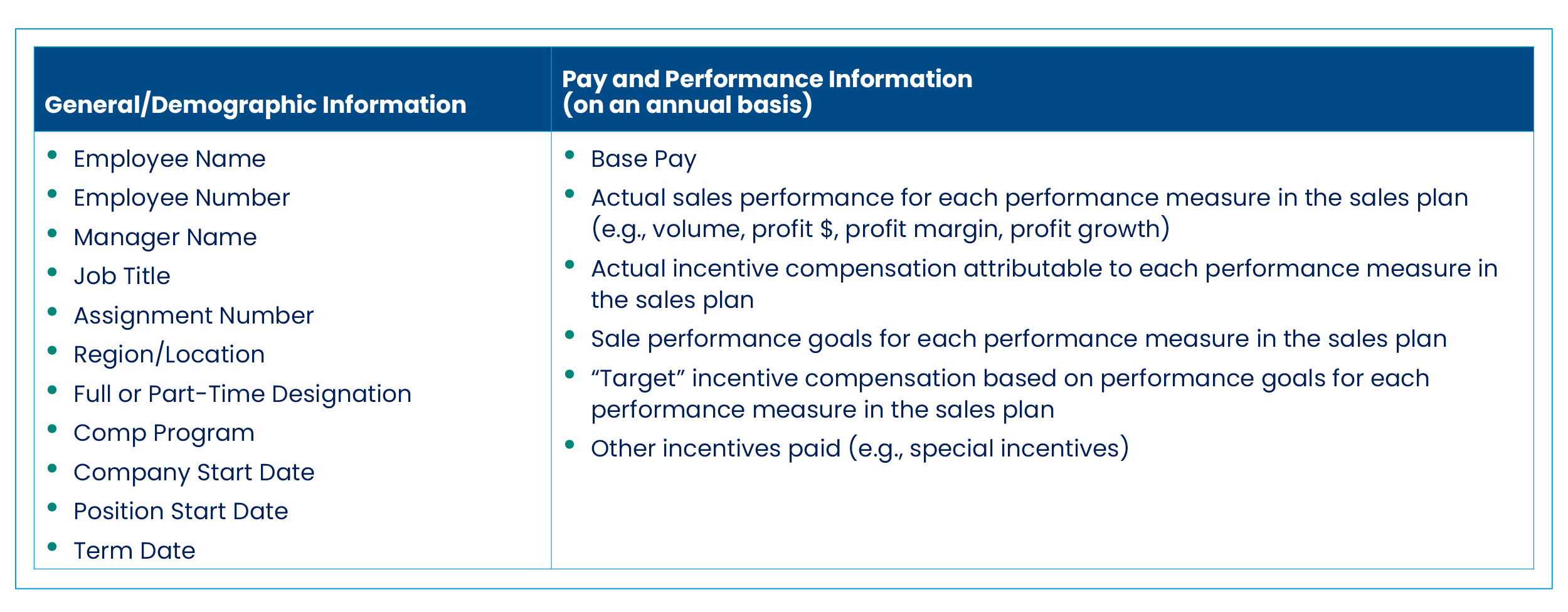- Answer the important questions. When reviewing a sales compensation plan, analyze the overall financial picture, how it is functioning and paying out against overall objectives and how the plan differentiates payouts between sales reps.
- Begin with data collection. For the plan to be most effective, you will need to collect base pay, incentive pay and all related performance data that drives the incentive payments.
- Keys to success. To be most effective, your workaround plan evaluation should focus on information that is decision oriented and specific, provide critical information about compensation plan effectiveness, highlight issues before they become crises and assist you and the management teams in prioritizing investments.
Among the biggest issues sales compensation professionals face when trying to determine the effectiveness of their plans are understanding where to start and knowing specifically what to analyze or review.
To address these key points, you need to understand that sales compensation analysis starts with three main views:
- The overall financial picture of how the plan is functioning or its costs, including how much the salesforce is earning, and what return the company gets on that investment.
- How the plan is functioning and paying out against overall objectives. Is the plan driving the right behaviors and functioning as it was designed?
- How the plan differentiates payouts between sales reps. Are the top earners the top performers?
The process begins with data collection. For the plan to be most effective, you will need to collect base pay, incentive pay and all related performance data that drives the incentive payments. This data needs to be collected at the sales rep level and sales manager level.
It is best to get the data for both the current plan year and at a minimum at least one prior year’s historical data. As much as possible, your data collection should isolate the same period in the previous year that you have collected for the current year—for example, the same 12-month period last year as this year. This helps control any cyclical effects of when plans might pay out more or less due to customer buying cycles.
A detailed and robust data collection effort will minimize rework and make the plan analysis process more efficient.
When comparing the years, make sure as much as possible that you compare incumbents that have a full year in both periods. Additionally, compensation data should be collected by plan component (any different payout mechanics should be collected individually), and performance data should be collected on as detailed a level as possible. Be sure to include any fields unique to your organization, or that tie directly to any major plan change objectives.
A detailed and robust data collection effort will minimize rework and make the plan analysis process more efficient.
Below is a sample data request that should help you get started. This form includes not only the quantitative data needed to run key analytics but also includes qualitative data that can be used to understand the overall strategy and how it aligns with your plan design.


To be most effective, your workaround plan evaluation needs to:
- Focus on information that is decision oriented and specific.
- Provide critical information about compensation plan effectiveness.
- Highlight issues before they become crises.
- Assist you and the management teams in prioritizing investments.
At the end of the day, your evaluation needs to provide just enough information and just in time. Not all the information included above will be attainable, but if you have a full list and then work backward with what you can gather in a timely manner, you can customize your review and evaluation, while highlighting what is most important for your review today and identifying what’s needed in the future.
Editor's Note: Additional Content
For more information and resources related to this article see the pages below, which offer quick access to all WorldatWork content on these topics:







